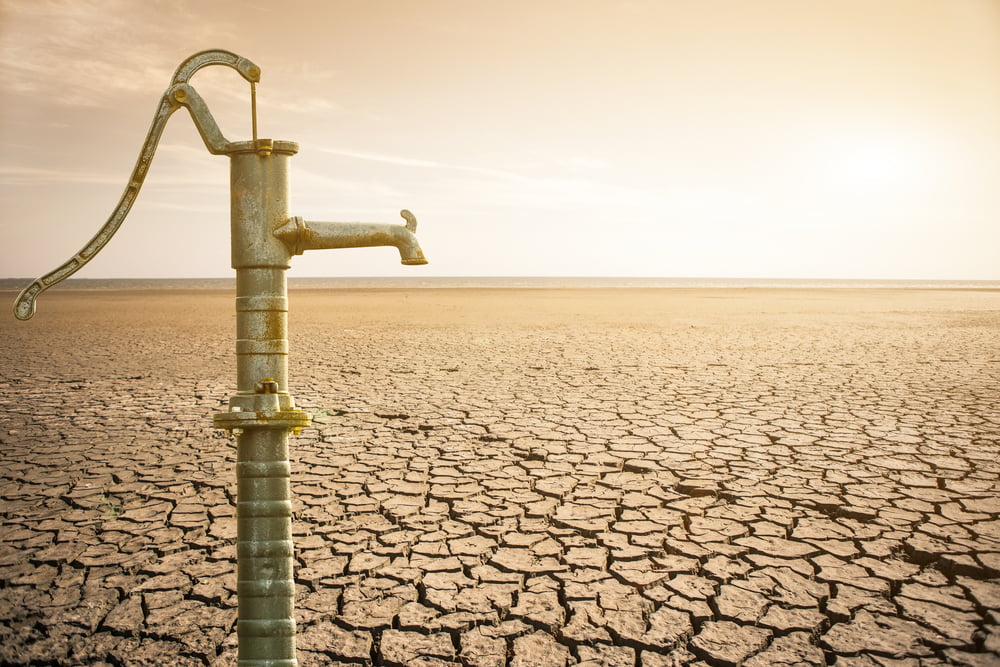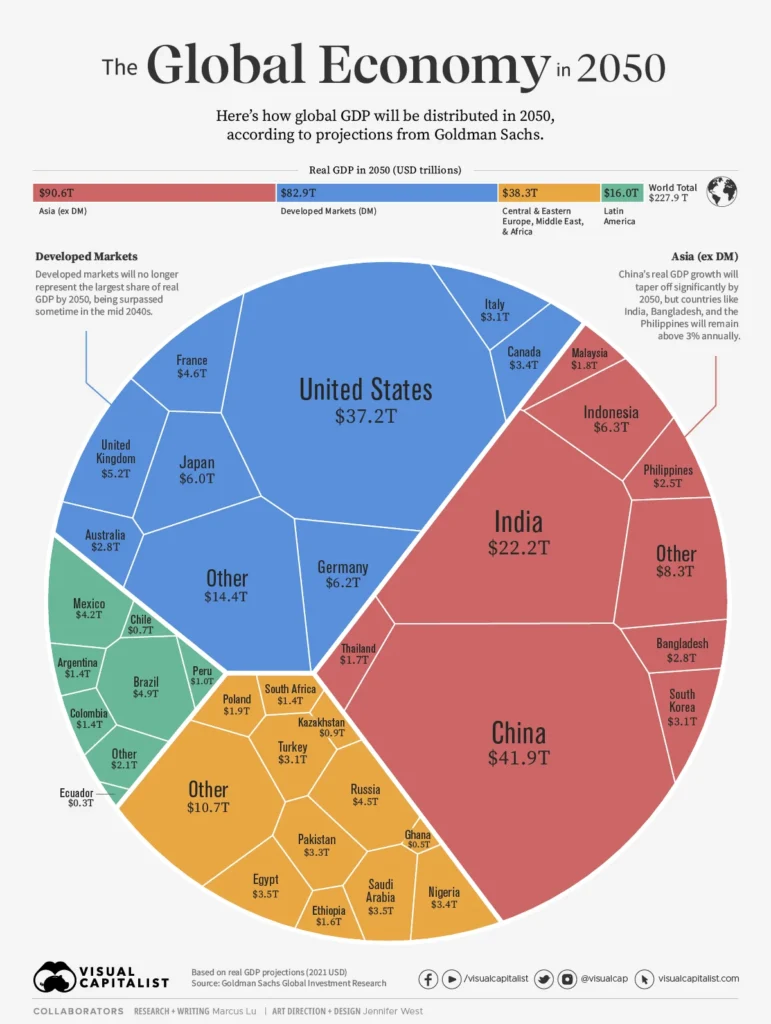Water scarcity is an increasingly pressing issue that affects millions of people worldwide. As populations grow and climate change intensifies, the demand for freshwater resources is outpacing supply. This article explores various aspects of water scarcity, highlighting its causes, impacts, and potential solutions.
Causes of Water Scarcity
Water scarcity arises from a combination of natural and human-induced factors. Climate change plays a significant role, altering precipitation patterns and leading to prolonged droughts in many regions. Additionally, population growth and urbanization increase the demand for water, straining existing resources. Over-extraction of groundwater and pollution further exacerbate the situation, making it crucial to understand these underlying causes to develop effective solutions.
Moreover, agricultural practices contribute significantly to water scarcity. The agricultural sector consumes approximately 70% of the world’s freshwater resources. Inefficient irrigation techniques and the cultivation of water-intensive crops in arid regions can lead to unsustainable water use. Addressing these issues requires a comprehensive approach that considers both environmental sustainability and food security.
Global Impact of Water Scarcity
The impact of water scarcity is felt across various sectors, including health, agriculture, and economic development. Inadequate access to clean water can lead to severe health issues, including waterborne diseases that disproportionately affect vulnerable populations. Furthermore, water scarcity can hinder agricultural productivity, leading to food shortages and increased prices, which can destabilize economies.
In addition to health and food security, water scarcity poses significant challenges to global peace and security. Competition for limited water resources can lead to conflicts between communities and nations. As water becomes scarcer, the potential for disputes over shared water bodies increases, making it essential for governments to collaborate on sustainable water management practices.
Water Scarcity and Climate Change
Climate change is a critical factor exacerbating water scarcity. Rising temperatures lead to increased evaporation rates, reducing the availability of surface water. Additionally, changing precipitation patterns can result in more intense and frequent droughts, further straining water supplies. Regions that are already vulnerable to water scarcity are likely to experience even more severe conditions as climate change progresses.
To combat these challenges, it is essential to implement adaptive strategies that enhance water resilience. This includes investing in water-efficient technologies, improving water management practices, and promoting conservation efforts. By addressing the intersection of water scarcity and climate change, we can work towards a more sustainable future.
Technological Innovations in Water Management
Advancements in technology offer promising solutions to address water scarcity. Innovations such as desalination, which converts seawater into freshwater, can provide alternative water sources for arid regions. Additionally, smart irrigation systems that utilize sensors and data analytics can optimize water use in agriculture, reducing waste and improving crop yields.
Furthermore, wastewater treatment and recycling technologies can help communities reclaim and reuse water, alleviating pressure on freshwater resources. By embracing these technological innovations, we can enhance water efficiency and sustainability, ultimately mitigating the impacts of water scarcity.
Policy and Governance for Sustainable Water Management
Effective policy and governance are crucial for addressing water scarcity. Governments must develop comprehensive water management strategies that prioritize sustainability and equitable access to water resources. This includes implementing regulations to protect water quality, promoting conservation practices, and investing in infrastructure to improve water distribution.
Collaboration between various stakeholders, including governments, NGOs, and local communities, is essential for successful water management. Engaging communities in decision-making processes ensures that policies are tailored to local needs and conditions, fostering a sense of ownership and responsibility towards water resources.
The Role of Education and Awareness
Education and awareness play a vital role in addressing water scarcity. By informing individuals and communities about the importance of water conservation and sustainable practices, we can foster a culture of responsible water use. Educational programs can empower people to take action, whether through simple measures like fixing leaks or advocating for policy changes.
Moreover, raising awareness about the interconnectedness of water scarcity with other global challenges, such as climate change and food security, can encourage a more holistic approach to problem-solving. By understanding the broader implications of water scarcity, individuals and communities can contribute to more sustainable practices.
Case Studies of Successful Water Management
Examining successful case studies of water management can provide valuable insights and inspiration for addressing water scarcity. For instance
| Aspect | Description |
|---|---|
| Definition | Water scarcity refers to the lack of sufficient available water resources to meet the demands of water usage within a region. |
| Causes |
|
| Impacts |
|
| Solutions |
|
| Global Initiatives | International organizations and governments are collaborating on projects aimed at sustainable water management and addressing water scarcity issues. |




